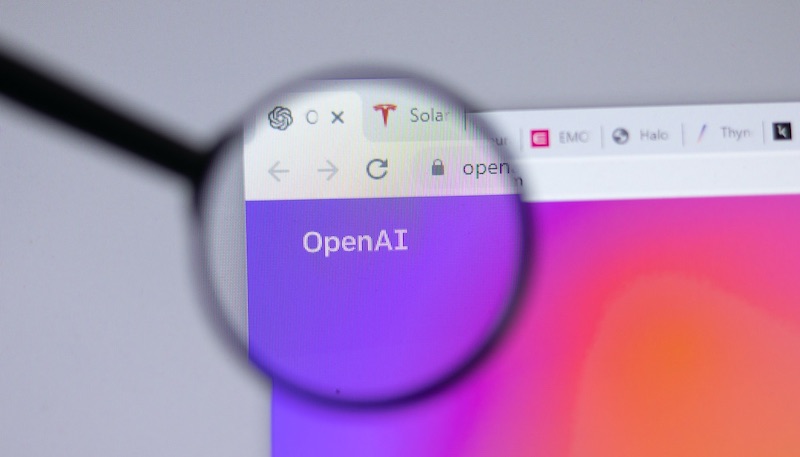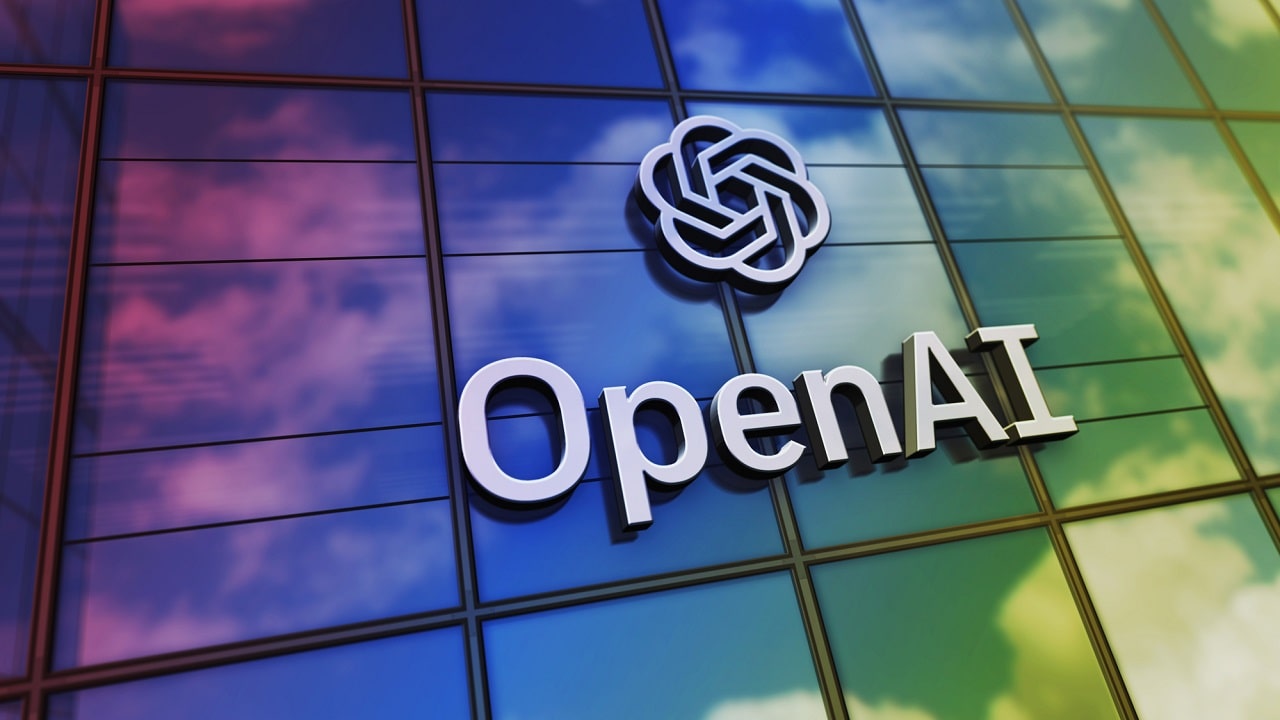We are fast approaching ChatGPT’s first birthdaysoftware that was officially launched on the market on November 30, 2022.
And in the meantime everyone is trying to copy the conversational chatbot that has made its mark. So far the latest is Elon Musk, who in the last few hours announced his Grok, a chatbot that can only be used by Premium+ users of X.
And speaking of announcements, there are many new features that OpenAI presented in preview at DevDay, a day-event dedicated to developers. Let’s find out what awaits us in the near future from Sam Altman’s company.
DevDay and OpenAI news
DevDay is an event that took place in San Francisco on Monday 6 November.
It’s about the first conference dedicated to OpenAI developers. There were various innovations discussed, two of which seemed particularly important. That is, a more powerful version of the most modern chatbot, and an AI customization. Let’s focus on both.

GPT-4 Turbo
First of all, Sam Altman has announced that a new version of the most advanced ChatGPT model is ready. It will be called GPT-4 Turbo, evolution of GPT-4, launched last March and made available to all developers in July.
The greatest power is given by the fact that GPT-4 Turbo will be able to generate text based on “a 128K context”, i.e. on the maximum length of 128,000 tokens. A token, to clarify, is the “weight” of a word, but also of a space or a punctuation mark.
GPT-4 Turbo will be able to “hold the equivalent of more than 300 pages of text in a single prompt.”
The chatbot updated in April 2023
One of the limitations of previous versions of OpenAI’s conversational chatbots was their relative up-to-dateness regarding current events. While GPT-4 Turbo, as we read on the blog page that summarizes OpenAI’s news, “knows world events until April 2023”.
Furthermore, GPT-4 Turbo can handle multiple actions in a single request. An advantage especially for API calls (technology that makes interaction between two software possible), in which multiple instructions can be given in a single message, such as “open the car window and turn on the air conditioning”.
Times? GPT-4 Turbo is already available for developers, but for ChatGPT Plus users, “we expect to release the stable production-ready model in the coming weeks.”
Customizable AI
The most exciting of the OpenAI innovations presented at DevDay, however, is the possibility of creating personalized artificial intelligence. Which the company simply called GPT.
What does it mean? It means that users will be able to create an ad hoc chatbot, specialized on one or more topics of their interest. And who can also train with the documentation that the user will provide directly. Obviously it will not be training from scratch, but you will have the possibility of integrating the software configuration with some documents.
From chef to creative writing teacher
On the OpenAI blog page dedicated to this news we read that “we are implementing customized versions of ChatGPT that you can create for a specific purpose, called GPT. GPTs are a new way for anyone to create a personalized version of ChatGPT that is most useful in their daily lives, for specific tasks, at work or at home, and then share their creation with others.
Anyone can easily create their own GPT – no coding required. You can make them for yourself, just for your company’s internal use, or for everyone.”
At DevDay there were some examples of chatbots who are experts in a specific field, from chefs to creative writing teachers.
This innovation will also, for now, be reserved only for ChatGPT Plus and Enterprise users (paid version for companies). “We plan to offer GPTs to more users soon.”
The other news
Another innovation from OpenAI concerns speech recognition: The Whisper large-v3 and Consistency Decoder models will improve performance in this area.
In the end Assistants API was presented, developed to simplify the creation of complex AI applications with multiple capabilities, such as information retrieval, code execution, and more. Assistants API will help build more versatile tools based on generative AI.















Leave a Reply
View Comments